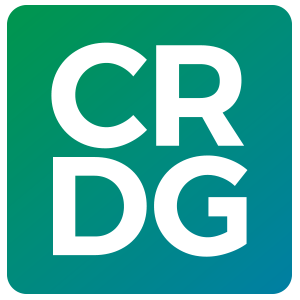23 Jul Building Technical Tools for Assessment

CRDG evaluators Paul Brandon and Brian Lawton worked with McREL’S Pacific Center for Changing the Odds to conceptualize and develop two brief logic model reference guides and an online interactive logic model application as part of the Pacific Regional Education Laboratory program. The reference guides and application are part of a suite of technical tools offered as resources that educators in the Pacific region (including Hawai‘i) can use to evaluate and strengthen their programs. They can be viewed on McREL’s website at http:// relpacific.mcrel.org/technical-assistancetools.html.
A logic model is a graphical representation of a program’s description, design, and intended effects. Inputs to the model may include the resources the program starts with; the activities it intends to implement; and the short-, medium-, and long-term outcomes that are desired. The model is designed to illustrate the relationships between these elements and to provide educators with a tool that will help them plan and monitor their program and address their evaluation questions.
Under McREL’s supervision, the CRDG team provided a web designer with the terminology and structure of the online application—a step-by-step electronic program that guides users through the process of designing a logic model. In addition, they wrote two reference guides that will help Pacific educators create and use logic models to monitor and evaluate their programs. The first reference guide describes the ways that logic models are helpful in planning and conducting program evaluations. The second guide provides an overview of the terms and structure of logic models and helps users better understand various inputs and how they fit into the model.




